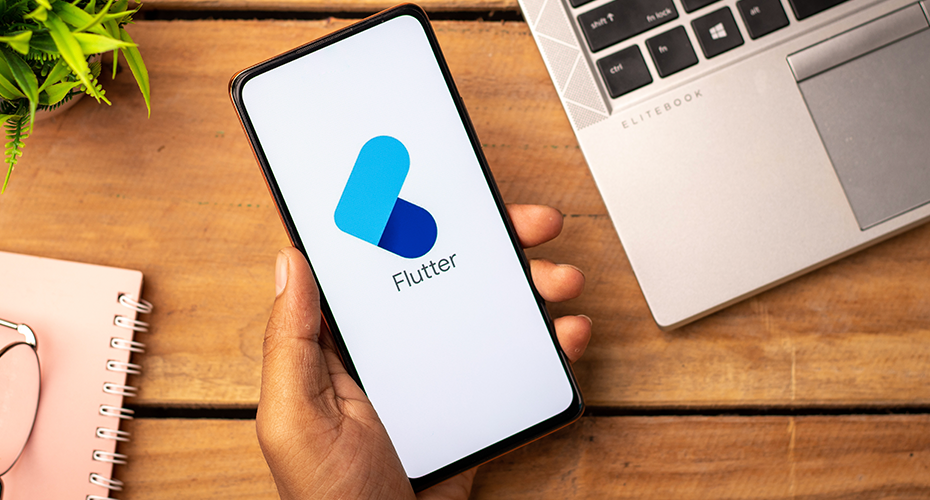
Pokemon GO – How do You Maintain Meteoric Success?

Whatever measure of success you choose to look at, the rise and rise of Pokemon GO has been startling. Two days after its release last week, it was installed on 5.15% of Android smartphones in the US, as data from SimilarWeb shows. Downloads of the game surpassed Tinder within a few days of launch and if you consider how much time its avid fan-base spends playing the game on a daily basis (or Daily Active Users) this game is surpassing Twitter. A week after release, Nintendo’s share price had gone up by around 50% and added billions of dollars to its market value. Speaking of money, the game is free to download, but a new device to be worn on the wrist, Pokemon GO Plus, has sold out even before it has hit the shelves. Officially retailing at around $35, but fetching far higher prices on secondary markets like eBay, the device alerts trainers (players) to the presence of nearby Pokemon and enables them to “catch ‘em all” using it.
This is the kind of success a game developer probably does not even dare to dream of. Where do you go next? Nintendo and Niantic, the game’s developers, had been clear on global expansion plans…until the servers repeatedly crashed and postponed launches in Japan and the UK indefinitely.
The opportunity is clear: if it can take America by storm, why not the whole world? This is a good question, and it highlights a business challenge we come across regularly. When a company is toiling away, working long hours in relative obscurity while preparing for a big mobile game release, the successful launch of the product seems like the end goal. When that product’s success even surpasses expectations of the visionaries who came up with the idea, it becomes clear that the goal posts just changed.
The challenge Pokemon GO now faces is maintaining success. The eyes of the world are on Niantic and Nintendo, and expectations are running high. Here’s where Apexon’s perspective might help. We’ve got 12 years’ experience working with major organizations, blue-chip companies and start-ups on successful mobility and IoT projects, so let’s consider where Pokemon GO might go from here.
Overcoming capacity limitations
UK, Japan and other regions are on hold due to the understandable difficulty of scaling systems in such a short time. Server capacity, responding to current users, is one side of the challenge. Another is turbo-charging the development and roll-out of localized versions. Internationalization and multi-language deployment is a huge deal for most projects, let alone when anticipated usage will be sky-high.
Device compatibility
Reported instability issues have been a problem on Android and need to be addressed swiftly while simultaneously progressing with the global expansion.
Incidentally, the next time I need to illustrate just how and why the mobility landscape requires speed, I’m going to point to Pokemon GO as an example. There’s an unbelievable pressure to modify, test and create new iterations on the go and all at the same time. C’mon, hurry, the charizards are waiting!
Wearables
As if the smartphone game alone was not enough, field test support requirements for the Pokemon GO Plus will be high.
Public safety issues
It’s arguable how much Niantic or Nintendo can do, but there are major concerns here. To date, there have been a number of incidents, notably armed robbers luring people to a PokeStop, and a woman in Wyoming even discovered a dead body while searching for the little critters. The bottom line is: this is a game marketed at kids. Other predatory behavior cannot be ruled out.
Privacy
Concerns over data protection have sparked quarrels with consumer groups and privacy advocates. The hosted account creation service went down due to….you guessed it…capacity issues, meaning that the only alternative sign-up for users was via Google. Using the Google account gives the game manufacturers full access to your Google account, which is unprecedented in this space.
Piracy
Sideloading the app is happening en masse for those markets where the game is not available yet due to region blocking. Many of these hosted packages contain malware.
These are just some of the major challenges companies face once a game or other app goes stratospheric. In the case of Pokemon GO, another challenge is the battery drain. It utilizes all the main culprits for battery drain in order to function (GPS, cellular data, screen ON + CPU/GPU utilization, and camera), so on the face of it, there’s not too much that can be done here. While all the stats regarding user engagement are high right now, longer-term user experience may become a key issue and inhibit the game’s staying power.
So if you want some advice on how to improve on success, Pokemon, feel free to give us a call. We’re here to help! Contact us today!







